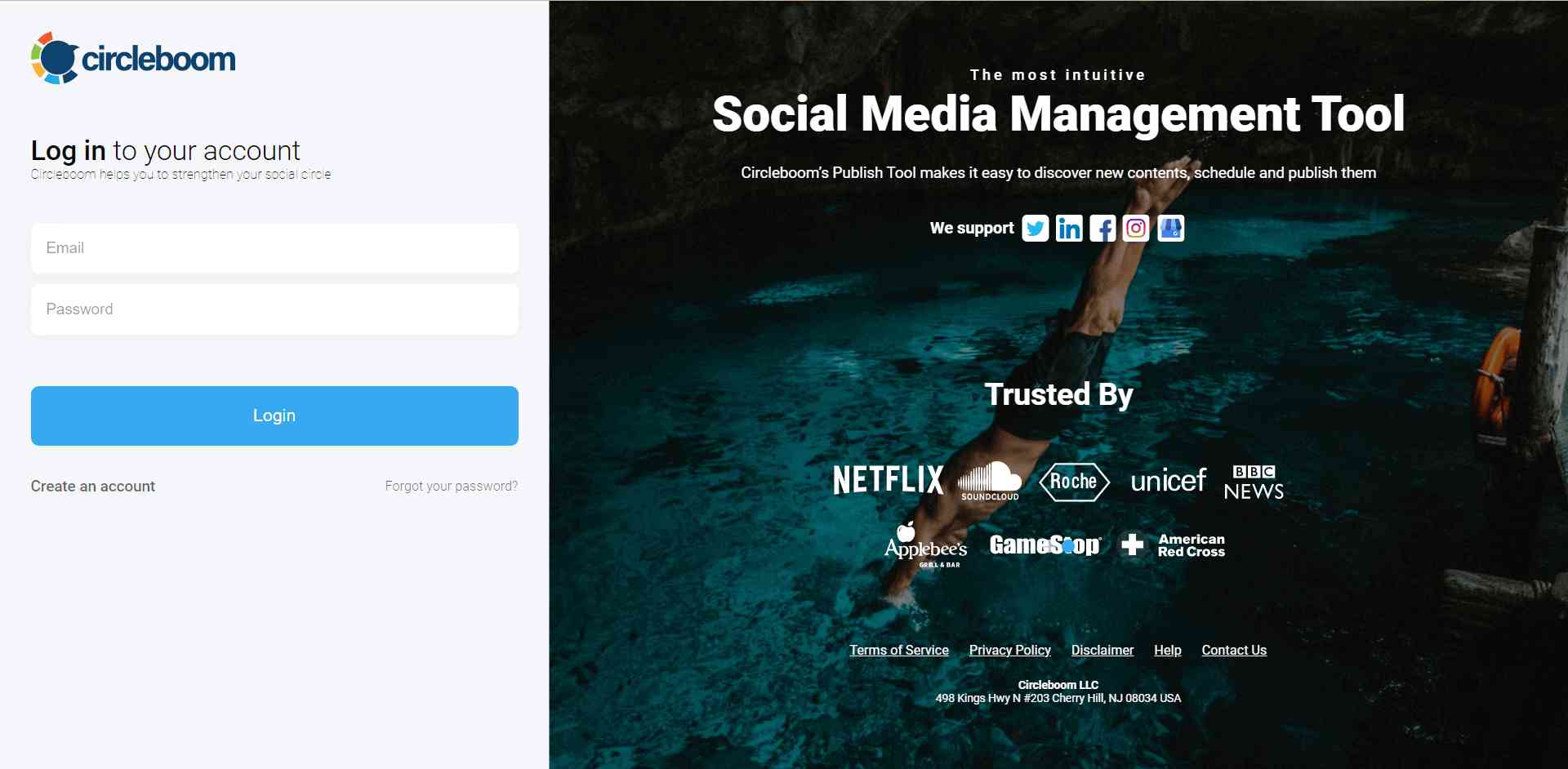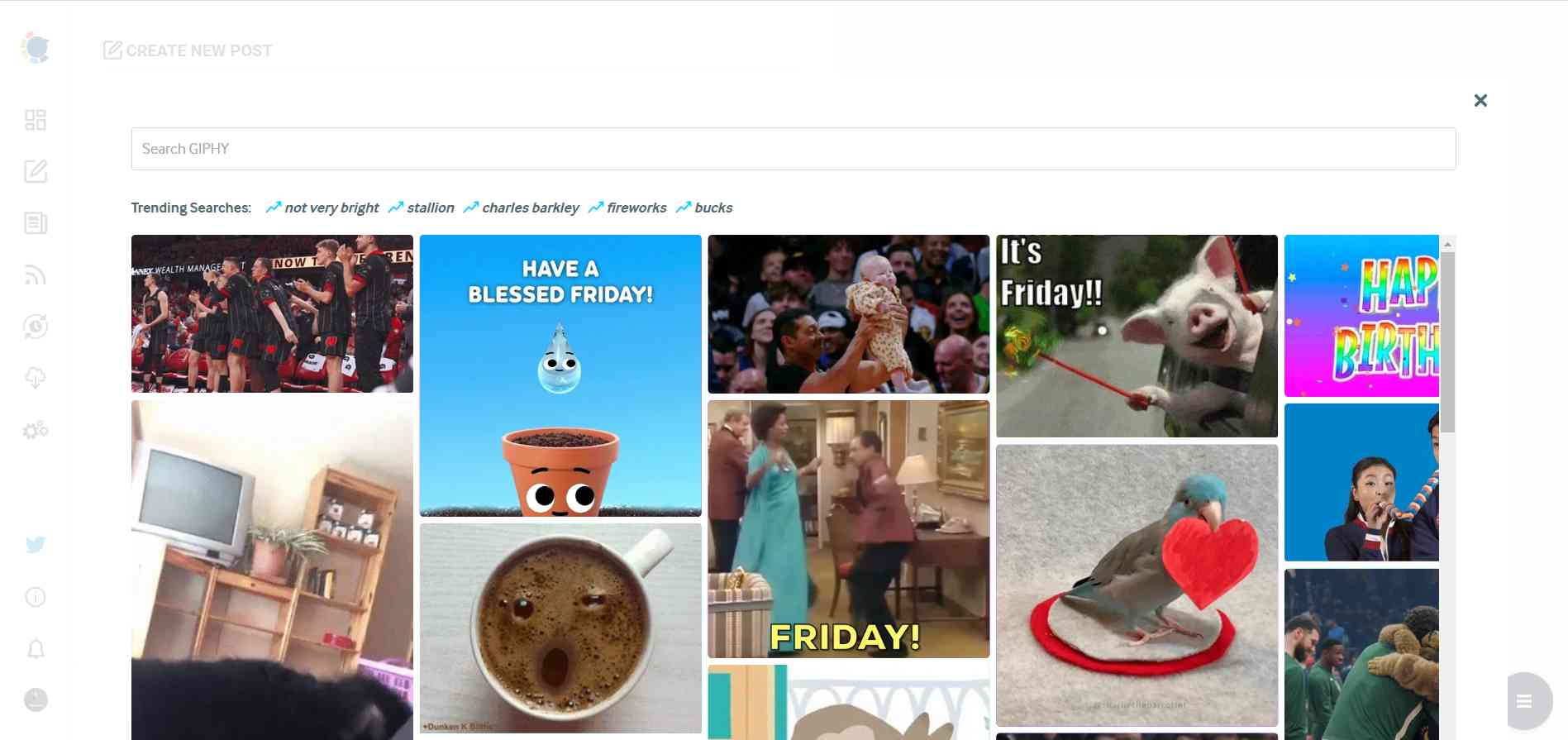Lead acquisition is one thing that makes your lead generation campaign successful. For B2B companies, effective lead generation can expand market reach, leading to an established client base.
However, lead generation isn’t without challenges. In fact, 15% of marketers say they need help generating traffic and leads.
Also, your lead generation strategies can drain resources and hurt your return on investment (ROI) if not done properly. Conversely, well-optimized lead-generation campaigns can reduce acquisition costs and increase conversion rates.
In this comprehensive guide, I’ll show you how to maximize ROI with B2B lead generation campaigns. Whether you’re just starting out or looking to optimize your existing strategies, this post will provide insights you can act on.
Let’s jump right into it.
5 Strategies for Maximizing ROI with B2B Lead Generation Campaigns
Generating leads alone isn’t enough for B2B lead generation campaigns. It’s important to also optimize your campaigns to maximize ROI. Here are five strategies that can help your B2B business achieve a high ROI from lead generation:
1. Understand Your Target Audience
Knowing your target audience is one of the most critical aspects of learning how to maximize ROI with B2B lead generation campaigns. It enables you to tailor your messaging to resonate with their needs, pain points, and desires.
To understand your ideal customer, you must identify key demographics like industry, company size, job titles, and decision-making authority. Beyond that, you should also consider their challenges, goals, and preferences. These details can help you position your product or service as the ideal solution.
2. Use Latest Customer Service Tools
There might be a loss of your B2B leads if you are not handling your prospect's queries regarding your products and services. You need to provide instant, personalized responses while leveraging customer experience insights to identify pain points, improve interactions, and enhance overall engagement
Advanced automatic customer service software and apps can boost your lead generation ROI. The service desk system, help desk ticketing system, and AI chatbots can respond instantly to prospective queries. When it comes to AI chatbots, implementing direct preference optimization is key, as businesses can fine-tune these chatbots to better align with customer preferences, providing more personalized and effective interactions; making it an ideal AI Answering Service solution.
For B2B companies looking to improve customer retention once leads have converted, investing in advanced subscription management software can enhance revenue predictability and operational efficiency.
3. Create Relevant and Useful Content
B2B customers are often analytical when making buying decisions. So, you need to position your brand as a knowledgeable and reliable authority in your industry.
You can achieve this by creating valuable content that guides leads through the sales funnel by building trust and demonstrating your expertise. By integrating a sales CRM, you can track and manage each lead's journey, ensuring personalized follow-ups and a streamlined conversion process.
Here are some types of content you can leverage for B2B sales lead generation:
- Case Studies: Showcase your successes with existing clients to demonstrate the value of your products or services, particularly highlighting relevant data.
- Whitepapers: Offer in-depth analysis and research on specific industry-related topics.
- E-books: Create comprehensive guides that offer valuable information and resources.
- Webinars: Host webinars on industry trends and best practices to engage with your target audience and generate leads.
- Thought Leadership Posts: Share your unique insights and perspectives on industry trends and challenges across social media platforms.
- Infographics: Use graphics to visualize complex data and make it easier for readers to digest.
- Blog Posts: Regularly publish posts on topics relevant to your industry and target audience.
But it is very important to share this content on the right platforms. What an effective social media platform for business is undoubtedly Linkedin. However, sharing this content on Twitter can increase your reach. The strategic use of a lead management tool can optimize lead conversion rates and ultimately drive business growth.
You already have an account on every social media for your company. You can use Circleboom Publish to manage these from a single platform and publish your content to all these social media platforms with a single click.
Circleboom Publish allows me to manage both platforms seamlessly. From scheduling posts to monitoring engagement, Circleboom Publish has become my go-to solution for staying active on multiple platforms.
Here's how you can use it to streamline your own LinkedIn and Twitter account management.
Step-by-Step Guide: Managing LinkedIn and Twitter with Circleboom Publish
Step #1: Log in to Circleboom Publish with your account.
If you don't already have a Circleboom account, you can get one in seconds for free!
Step #2: If this is your first time using Circleboom Publish, you will see several options for Twitter, Facebook, Instagram, Threads, LinkedIn, Pinterest, YouTube, and Google Business Profile.
Select Twitter and LinkedIn to connect your account(s). You can add multiple accounts from each platform.
Step #3: You should click the “Create New Post” button to create tweets. As you see, there are specific post options for each platform.
You’ll proceed to account selection.
Step #4: Select your Twitter(X) and LinkedIn accounts.
Step #5: The social media image generator on Circleboom has 4 options: Canva, Unsplash, Giphy, and Google Photos. You can also upload your own files and send them directly.
Canva is where you can curate and design images as you wish. You can apply ready-made templates, filters, effects, and other kinds of elements to edit your image.
Also, you can use Unsplash to find auto-generated, high-quality images to share on your Twitter accounts.
Giphy is where you can generate high-quality GIF images for your auto-generated tweets.
Step #6: The next station is the social media text generator. Thanks to OpenAI integration, you can create auto-generated social media descriptions, captions, texts, and all kinds of texts enriched by AI-generated hashtags, emojis, and other extras like grammar checks or translations.
You can define the style of your words, warmth, etc., on Circleboom Publish.
Step #7: You can also use Circleboom Publish’s native Hashtag Generator to find, create, and save relevant and popular hashtag groups for your auto-generated tweets.
Step #8: Once you generate your tweets, you can share them immediately, Or you can schedule them for the future.
Also, you can set time intervals and automate your tweets.
This seamless integration allowed me to stay updated and active on both platforms, leveraging the strengths of each for different purposes.
4. Identify Relevant Lead Sources
As explained in the Attrock b2b SaaS lead generation guide, you can maximize ROI with B2B lead generation campaigns if you identify the relevant audience and appropriate strategies to connect with them.
For instance, B2B lead generation was once less common on Instagram. The platform was more effective for B2C companies, primarily geared towards personal use and consumer engagement. However, research shows that 15% of B2B marketers now regard it as an important platform for business, next to Facebook and LinkedIn.
See how Slack posted a video tutorial on Instagram showcasing how its product works in real life. This can boost brand visibility among B2B customers and persuade those in the consideration stage to sign up or make a purchase.
Other sources for acquiring high-quality leads are:
- Google ads and Google Business
- Facebook groups
- B2B directories
- Review platforms
- Partnerships with complementary businesses
- Industry events
5. Leverage Video Content
Videos are highly engaging and can effectively convey complex messages visually appealingly. For B2B businesses, video content can be a powerful tool for generating leads, building brand awareness, and ultimately driving ROI.
Here are some ways video content can help you maximize your B2B lead generation efforts:
- Educate Your Audience: Use videos to demonstrate how your products or services can solve your audience's problems. This strategy is crucial to ecommerce marketing in general.
- Build Trust: Videos offer a unique opportunity to humanize your brand by allowing your audience to see the real people behind your company.
- Increase Engagement: People are more likely to view and share videos than other content types, leading to increased engagement.
- Improve SEO: Videos help you reach maximum website visibility on search engines, making it easier for potential customers to find you online.
That being said, here are ways to leverage video content for B2B lead generation:
- Gated Content: In exchange for contact details, you can offer valuable, in-depth video content. This could be a webinar recording or an exclusive interview.
- Video Series: Develop a series of related videos to boost audience engagement over time. This can help nurture leads through different stages in the sales funnel.
- CTAs: Use clear and compelling call-to-actions in your videos. You can direct viewers to your contact form or landing page or sign up for a free trial.
- Personalize Video Content: Create tailored messaging for qualified leads, such as custom case studies and role-based messaging. This can significantly boost engagement and conversion rates.
For example, Brookman Solicitors created videos on family and divorce lawyers and shared them on their websites to educate their audience about different divorce tips and advice. It helps them create relevant leads for their businesses and
6. Test and Optimize Campaigns
Continuous testing and optimization are essential for maximizing ROI with B2B lead generation campaigns. This process helps you discover which strategies are working, so you can allocate resources more effectively.
The aim is to generate high-quality leads at a lower cost. Here are some key strategies to consider:
- A/B Testing: Create two versions of your campaign components and test which version performs better. These elements could be your email subject lines, landing page copies, and content type (whitepapers vs ebooks).
- Monitor KPIs: Establish and regularly review key performance indicators that align with your business goals. You can track impressions, conversion rate, cost per lead, marketing qualified leads (MQL), and sales qualified leads (SQL).
- Lead Scoring: Implement a system that allows you to prioritize leads based on their level of interest and engagement. This allows you to focus on the most promising leads and improve your conversion rates.

Conclusion
So far, I’ve shown you five strategies for maximizing ROI with B2B lead generation campaigns. First off, research your target audience so you can tailor your campaign. You should also identify lead sources for generating sales-ready leads.
Another key strategy is using videos, so I’ve explained some strategies for leveraging videos for B2B lead generation. Lastly, test, retest, and optimize your strategies for maximum impact.
Remember that maximizing lead generation ROI is an ongoing process. That’s why refining your approach can gradually improve your performance.


















